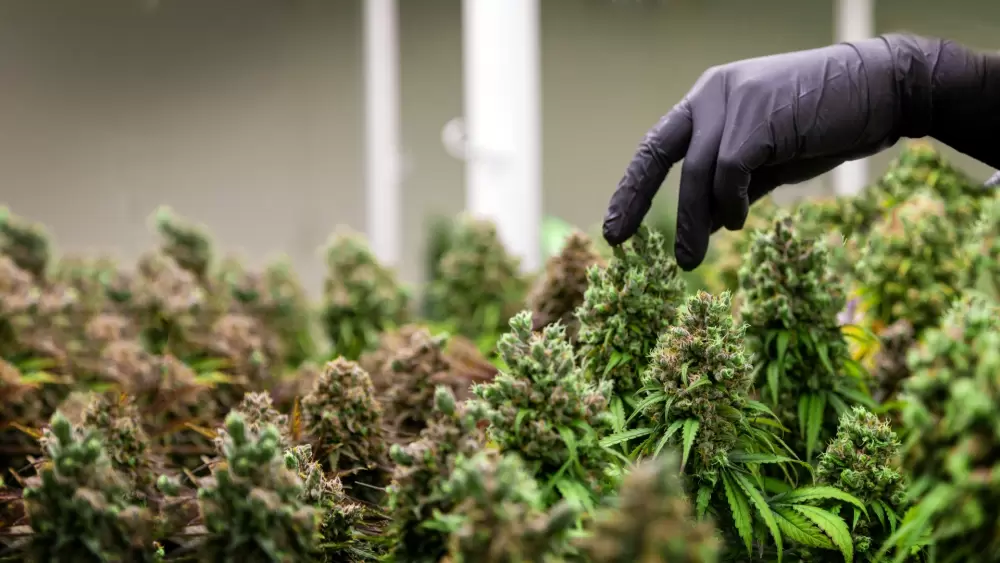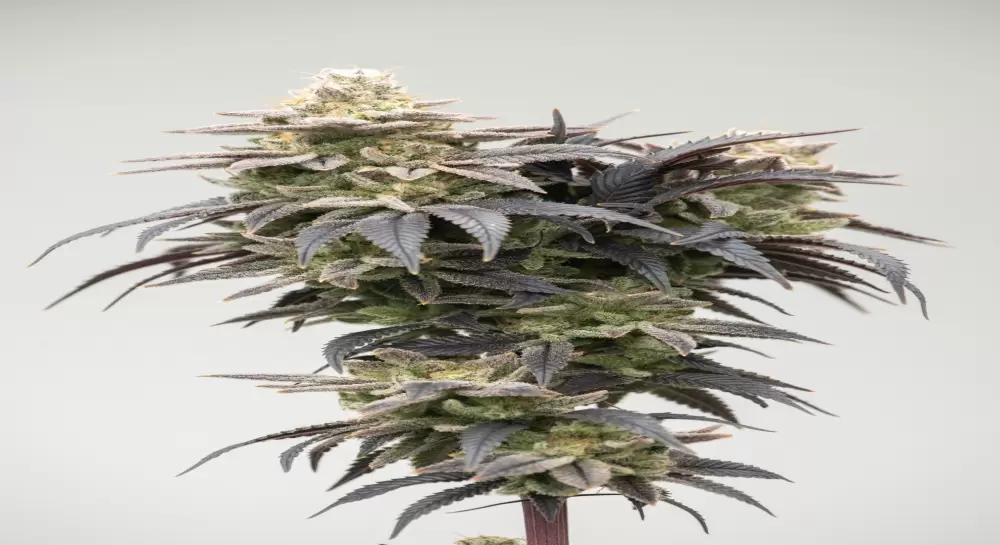WHAT IS CANNABIS?

You've probably heard of it before - cannabis - also known as marijuana. It is a plant that has been used for thousands of years as a medicine and for recreational purposes. It contains a number of active substances, including THC and CBD, which are responsible for its psychoactive and therapeutic effects. In this article, we will discuss the properties of cannabis, its effects on the brain and differences between products from the cannabis plant.
The cannabis plant
Cannabis is a plant belonging to the Cannabaceae family. It contains more than 100 different cannabinoids, which are chemical compounds that act on the body's endocannabinoid system. This system is responsible for regulating various processes in the body, including appetite, mood, sleep and pain sensation. Cannabis is usually consumed by smoking it as a joint, vaporising it in a bong, for example, or taking it in the form of edibles, oil or capsules.
Active ingredients of marijuana
The two main active ingredients of cannabis are tetrahydrocannabinol (THC) and cannabidiol (CBD). THC is a psychoactive compound that causes the "high" associated with cannabis use. It binds to cannabinoid receptors in the brain and activates the release of dopamine. This is a neurotransmitter responsible for feelings of pleasure, joy and reward.
CBD, on the other hand, is a non-psychoactive compound that has been found to have therapeutic effects. It does not cause the same "high" as THC and can even counteract some of the negative effects, such as anxiety and paranoia. Research is also currently being conducted into CBD's effect on diseases such as Parkinson's.
Other cannabinoids in cannabis include cannabigerol (CBG), cannabinol (CBN) and tetrahydrocannabivarin (THCV). Each of these compounds has its own unique properties and potential therapeutic benefits.

What does cannabis do?
The effects of cannabis depend on a person's method of use, dose and tolerance. When smoked or vaporised, the effects are usually felt within minutes and can last for several hours. When ingested, the effects may take longer, but may also last longer. The immediate effects of cannabis consumption are happiness, relaxation, altered perception of time and space, increased appetite and dry mouth. It can also cause red eyes, increased heart rate and impaired coordination. Marijuana has several potential therapeutic benefits, including pain relief, reducing inflammation and improving sleep. It is used to treat conditions such as chronic pain, epilepsy, multiple sclerosis and nausea caused by chemotherapy.
What does cannabis do to your body?
Cannabis has a bit of a complicated relationship with the brain. When you get high on cannabis, the active ingredient THC (tetrahydrocannabinol) enters your bloodstream and moves to your brain. There, it binds to receptors in your brain's endocannabinoid system, which is responsible for regulating various physiological processes. THC binds to cannabinoid receptors in the brain and activates the release of dopamine, which make you feel happy or enjoy things. It also affects other neurotransmitters, such as serotonin and GABA, which can affect mood, anxiety and sleep. The effects of weed usually last a few hours, but can vary depending on the dose and how you use it.

Difference between weed and hashish
Weed and hashish both come from the cannabis plant, but they have a different composition, look different and the effects differ. Marijuana refers to the dried flowers, leaves, stems and seeds of the cannabis plant. It is usually green in colour and has a very recognisable smell. Hashish, on the other hand, is made by pressing and processing the resinous trichomes of the cannabis plant together. It is often darker in colour than cannabis and has a denser, stickier texture. Hash contains higher concentrations of THC than weed, meaning the effects are just a little stronger.
In terms of effects, both weed and hash can induce feelings of relaxation, euphoria and altered perception. However, the effects of hashish are more intense and can cause hallucinations in some users.
Another important difference between the two is the method of ingestion. Weed is usually smoked in a vaporizer or bubbler, for example, but can also be taken as an edible such as biscuits or brownies. Hashish, on the other hand, is usually smoked in a pipe or mixed with weed and rolled into a joint.

















